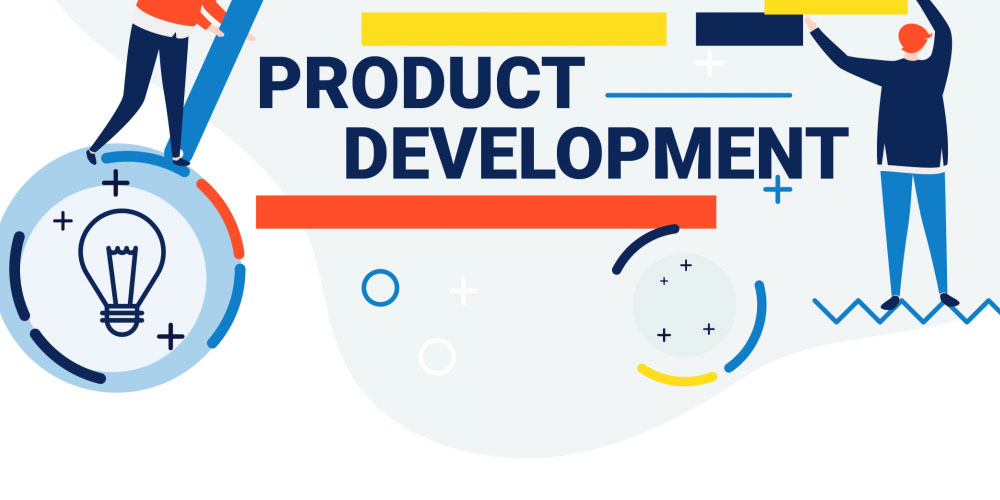New Product Development (NPD) is the innovative method businesses use to introduce new items or products into the market. In order to encourage business growth and sustainability in the competitive world, most companies opt to make product improvements, understand the needs of the customers, and generate new products that exceed or meet the market expectations. The primary purpose for businesses establishing new products is to encourage them to thrive in the harsh economic times. Furthermore, there have been real cases for new product development that have led to business sustainability. Here, you will learn the nine steps for the new product development process.
Nine steps for New Product Development Process
1. Establish an idea for the new product
The first step in creating a new product is by first having an idea. Once the new concept is attained, then other development processes can continue. The idea of a new product can be achieved by either improving the present product into something better or determine a market niche and develop a new product.
2. Design the product
Once you have a plan of what you require, the next step involves designing and prototyping the product before reaching out to suppliers. The best option to use while creating a product design and prototyping is to; get a prototype made by a product development company, have a 3D drawing, or find a good supplier who will help you manufacture the item.
3. Get the right manufacture for the new product
The right manufacturer will ensure that your new product will come out as you had designed.
4. Cost estimate
The next step is critical in your new product development project. It involves getting a cost estimate of the whole process. The cost estimate calculation can include; total cost before the start of production, the total cost when production is ongoing, and total cost when production is complete. Calculating the estimated production cost is crucial as it will help decide whether the end price is acceptable in the retail market.
5. Customization of sample
Once you are done with the cost estimate and are sure that your product can reap some profit in the market, you can proceed to the next step. The next step involves the customization of samples before they go to mass production. In this process, it is essential to inspect the functionality, outlook, and product quality. Furthermore, you can opt to sell some of the samples to prospective clients.
6. Select suitable packaging options
The outer surface of a new product can attract new customers to it. Therefore, the decision on the type of packaging should be made carefully and no expense spared. In addition, a product’s packaging can increase the value of a product.
7. Marketing of product
At this step, you can use the pre-production sample for marketing the new product. The world currently has many new incoming products; therefore, marketing is vital.
8. Compliance certification and intellectual property
At this step, it is essential to get compliance certification from expected countries of sale. Also, it is vital to get a product patent and register for a trademark.
9. Commence on mass production
The last step involves mass-production of the new product.
Conclusion
Businesses require change day in day out to thrive in the current economy. Without making any changes, most companies lag or end up closing. Therefore, the best way to encourage business growth is through new product development. Thus, the above steps will guide you into the new product development process.

